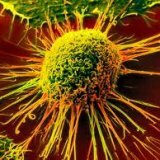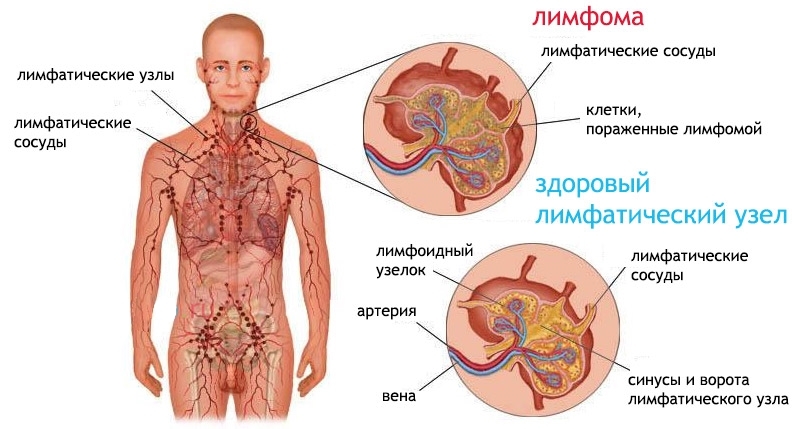Neuroblastoma of retroperitoneal space

Neuroblastoma of the retroperitoneal space is a high-grade tumor, characteristic in most cases for early childhood. Usually it develops in children up to two years( about 50% of all cases).This can be explained by the fact that neuroblastoma is an embryonic tumor, that is, a tumor that has evolved from germ cells. Sometimes neuroblastoma is observed already with ultrasound of the fetus. Tumor, as a rule, develops in one of the adrenal glands. In this case, the primary tumor can appear in any area of the body along the spine, for example, in the thoracic region, affecting the medial region of the thorax or in the neck.
Neuroblastoma has a number of unusual characteristics. Often, the tumor is a malignant neoplasm, capable of rapid growth and the formation of metastases. However, in some cases it, on the contrary, is capable of spontaneous regression - the tumor begins to gradually disappear without treatment. This phenomenon can often be observed in young children. Sometimes, the cells of the neuroblastoma of the retroperitoneal space spontaneously "ripen," and the malignant tumor becomes benign - ganglioneuroma.
Stages of development of neuroblastoma
- Stage I: tumor localized - possibly complete operative removal.
- Stage IIA: the tumor is localized - it is possible to quickly remove most of the tumor.
- Stage IIB: the tumor is one-sided - it is possible to completely remove it or remove most of it.
- Stage III: the tumor has spread to the opposite part of the body with or without lymph node metastasis;A one-sided tumor with metastasis of the lymph nodes of the opposite part of the body;The tumor is median with metastasis of the lymph nodes of both sides.
- Stage IV: the tumor is common, with distant metastases in the lymph nodes, bone marrow, bones, liver and other organs.
- Stage IVS: a tumor localized, with metastases in the liver, skin, bone marrow. In this case, the patient is a newborn.
Symptoms and signs
Malignant tumor of the retroperitoneal space - neuroblastoma, is manifested by an increase in the size of the abdomen, which can cause pain and discomfort in his area. When palpation, you can find a dense, practically unbiased tumor. During the growth of the tumor in the middle of the chest can be cough, difficulty swallowing and breathing, deformation of the chest wall. If the tumor spreads into the spinal canal, there may be numbness of the legs, weakness, partial paralysis, disruption of the bowel and bladder. There are also such manifestations as fever, increased blood pressure, palpitations, anxiety, decreased appetite and weight, sometimes diarrhea. Swelling of the lymphatic and blood vessels causes swelling.
Usually, neuroblastoma metastasizes to the bone, bone marrow, lymph nodes. When bone metastases are affected, pain and lameness appear. In the case of damage to the bone marrow, there is a lack of different blood cells, there is pallor, weakness, bleeding, low resistance to infections. There is an increase in lymph nodes. With metastases to the liver - the body can increase, with metastases to the skin appear cyanotic or reddish spots.
Prognosis for neuroblastoma
The prognosis depends on the stage at which the tumor is detected from the child's age( in children the prognosis is better than in the older ones), on the genetic characteristics of the tumor cells, and on the place of development of the primary tumor.
If the tumor is found in stages I-II, the vast majority of patients are cured. Unfortunately, neuroblastoma is usually diagnosed much later, in the III-IV stage, which negatively affects the prognosis: at stage III, about 60% of patients recover, and among patients with stage IV tumors, the five-year survival is no more than 20-25%.With newborn children who have a stage IVS disease, the situation is unusual - the possibility of spontaneous regression of the malignant tumor is high. Among such children, the survival rate is 75%.



